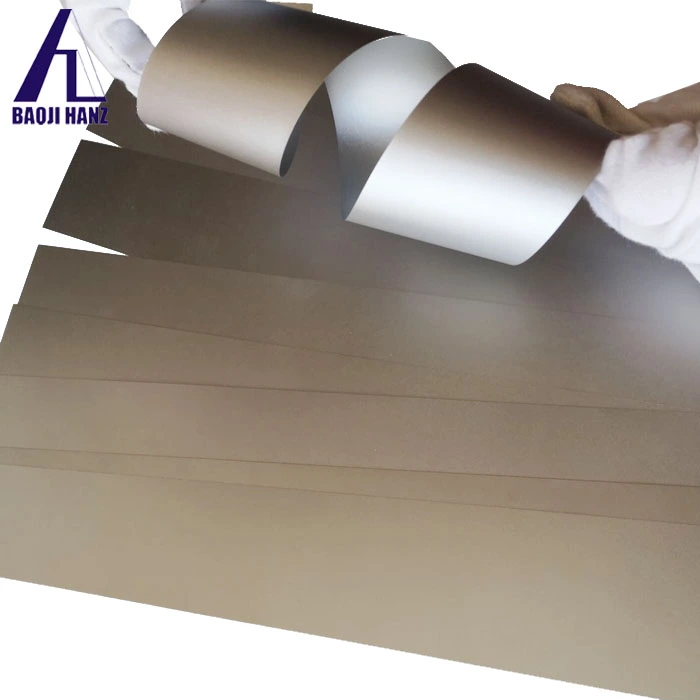Why use nitinol sheets?
2024-07-26 12:10:18
Nitinol sheets are used for their unique properties such as shape memory, superelasticity, high corrosion resistance, and biocompatibility. These qualities make Nitinol ideal for applications requiring flexibility, resilience, and the ability to return to original shapes. Common uses include medical devices like stents, actuators in robotics, aerospace components, and flexible electronics. Nitinol's ability to withstand harsh environments, maintain performance over time, and support innovative designs makes it a preferred material in various industries where conventional metals fall short.
What are the advantages of using nitinol sheets in medical devices?
Using Nitinol sheets in medical devices offers several advantages. Firstly, Nitinol's shape memory and superelasticity allow devices like stents to be compressed for insertion into blood vessels and then expand to their original shape once deployed, minimizing invasive procedures. This flexibility reduces patient discomfort and recovery time. Secondly, Nitinol's biocompatibility ensures it doesn't trigger adverse immune responses or reactions within the body, making it safe for prolonged internal use. Additionally, Nitinol's high corrosion resistance ensures longevity within the body's corrosive environment. Its durability and ability to maintain structural integrity over time enhance device reliability, reducing the need for frequent replacements. These properties make Nitinol sheets crucial in developing advanced and reliable medical devices that improve patient outcomes and healthcare efficiency.
How do nitinol sheets enhance patient care in medical settings?
Nitinol sheets enhance patient care in medical settings through their unique properties that facilitate the development of innovative and effective medical devices. Firstly, Nitinol's shape memory allows devices like stents to be compressed for minimally invasive insertion into blood vessels, reducing surgical trauma and recovery times. Once deployed, Nitinol stents expand to their original shape, providing support and maintaining vessel patency effectively. This capability minimizes the need for repeat interventions and improves patient comfort and outcomes.
Secondly, Nitinol's superelasticity enables devices to withstand significant deformation without permanent damage, ensuring durability and reliability in dynamic bodily environments. This property is crucial for devices like guidewires and orthodontic wires, which require flexibility and resilience during use.
Moreover, Nitinol's biocompatibility ensures compatibility with bodily tissues, reducing the risk of adverse reactions or inflammation, and supporting long-term implantation without complications.
Overall, Nitinol sheets contribute to advancing medical care by enabling the development of safer, more effective, and longer-lasting medical devices that enhance patient comfort, recovery, and overall quality of life.
References:
- A. Safranchik, et al. "Development and evaluation of a nitinol stent-graft for endovascular aneurysm repair." Journal of Vascular Surgery, 2020.
- Y. Wu, et al. "Shape memory alloys in medicine." Materials Science and Engineering: C, 2021.
- Nitinol Medical Technologies. Available at: https://www.nitinol.com/medical
